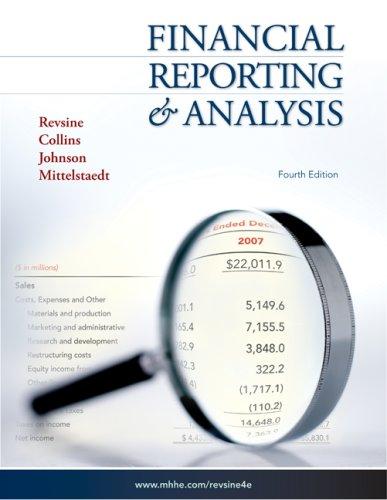Newton Grains plans to sell 100,000 bushels of corn from its current inventory in March 2009. The
Question:
Newton Grains plans to sell 100,000 bushels of corn from its current inventory in March 2009. The company paid \($1\) million for the corn during the fall 2008 harvest season. On October 1, 2008, Newton writes a forward contract to sell 100,000 bushels of corn on March 15, 2009 for \($1,100,000.\) The forward contract has zero value at inception. On December 31, 2008, the March forward price for corn is \($1,050,000\) and the forward contract has a fair value of \($95,000.\) On March 15, 2009, Newton sells the corn for \($1,075,000\) and settles the forward contract (now valued at \($25,000\).
Required:
1. Why did Newton hedge its planned sale of corn? Was it a good idea to do so?
2. Newton designated the forward contract as a cash flow hedge of its exposure to corn price fluctuations. What journal entries were made when the forward contract was signed on October 1, 2008?
3. What journal entries were made on December 31, 2008?
4, What journal entries were made on March 15, 2009 when the forward contract was settled and Newton sold the corn?
5. How would your original journal entries change if the forward contract covered only 50,000 bushels of corn? (Contract fair values would then have been \($47,500\) on December 31, 2008 and \($12,500\) on March 15, 2009.)
Step by Step Answer:






